“Partnering with other sectors is a bit like being a parent. Until you’ve experienced it for yourself, you really can’t appreciate what it’s like” – head of education partnerships of a multinational bank.
Inclusive business (IB) projects, by definition, tend to sit in areas outside of companies’ traditional comfort zones. Whether providing incomes to disadvantaged people by including them in the company’s value chain, or developing new markets with pro-poor products or services, they are rarely business as usual, requiring a much stronger interaction with ‘society’ than traditional business. For most inclusive business models to work, companies must collaborate with those outside the private sector as implementing, intermediary, capacity-building or knowledge partners. For example:
- To develop a pro-poor supply chain will mean building the capacity of suppliers to deliver the quality, quantity and security of supply required. Sourcing of agricultural products from smallholder farmers is a classic example in which companies may need to work with government extension services to provide technical support, NGOs to help develop cooperatives, and finance institutions to help fund farmer capital costs.
- To include disadvantaged people as employees will often mean training them up. For example, construction companies in South Africa partnered with higher education colleges and the ministry of education to develop a new national vocational certificate that provided the skilled workers they desperately needed in the run up to the football World Cup.
- To develop new products and services that are pro-poor will often require firstly the expertise and understanding of needs that NGOs can bring to design innovation, and secondly the legitimacy, social capital and community engagement they can bring to implementation. For example, through the Banking on Change programme, Barclays works with Care and Plan International to develop micro-banking services in Kenya and beyond – well beyond Barclay’s traditional banking experience. Further, where such services are public goods, for example, provision of water or education, collaboration with public sector may be essential, both for legitimacy (social and regulatory) and for access to public infrastructure.
The International Business Leaders Forum’s programme, The Partnering Initiative, is providing the partnership elements of DfID’s Business Innovation Facility which supports inclusive business in five countries in Africa and Asia.
One of the challenges we’ve found is a lack of appreciation of both the importance to the business model of partnering, and of the difficulty of partnering effectively. There is a commonly expressed, and understandable, assertion that business is fully conversant with partnering – working with suppliers, customers and in joint ventures is, after all, an intrinsic part of how business gets done. However, for the types of partnership that will achieve inclusive development, not only is thepartner – government, UN, community or NGO – a very different type of organisation to a business but the relationship is a quite different form of collaboration.
Let’s take the type of partner first. When companies work with companies, they are used to playing by the same rules, they speak more or less the same language, each company’s base interest – to make a profit – is clear, and there is 100% overlap of objective: one company to provide goods or services to the other at an agreed price that satisfies them both. Organisations from other sectors, however, have entirely different, public or social missions, they work to different timescales, have different responsibilities, accountabilities and cultures, are bound by different rules, and can have their own interests which may conflict – or be perceived to conflict – with commercial interests (particularly in the case of government which also has a regulatory role).
With respect to the relationship, what’s clear is that although partnership is one form of collaboration, not every collaboration has the attributes we, as human beings, tend to ascribe to genuine partnership: equity, co-creation, mutual respect, transparency, mutual accountability, sharing of risks, sharing of benefits; attributes that build commitment and get the best out of partners.
The distinction over what is or is not a partnership is not black and white and this lack of clarity risks leading to unhelpful semantic battles. To avoid this, The Partnering Initiative tends to think about a ‘relationship spectrum’ moving across between two extremes of characteristics – a purely ‘transactional relationship’ in which a company decides what it wants and purchases this resource from another organisation (e.g. pays an NGO to do a community consultation); through to a genuine partnership as characterised above, in which all parties collective bring their resources together to achieve something potentially quite innovative, that they couldn’t achieve alone. Sometimes a transactional relationship is exactly what’s required. Usually, in the context of inclusive business where multiple resources are required – including some, such as social capital, that are not available for sale – and for which the level of complexity requires a corresponding level of flexibility and commitment, there is no choice other than genuine partnership.
The former is indeed business as usual for companies and they can rightly claim authority here. The latter – like any human partnership – is much more complex, messier and harder. There is a loss of autonomy due to co-decision making and a reliance on others to deliver their roles; a necessity to understand and consider your partners’ needs and their limitations as an issue for the partnership as a whole; a reliance on teams of individuals with not just their own personalities and egos but also different institutional affiliations and underlying interests; and an ongoing requirement to manage the relationship to ensure equity, trust and mutual benefit alongside focussed delivery of the project.
Partnering across sectors is not for the faint hearted. It requires a certain mindset, courage to take risks, vision and commitment. It also requires a specific set of professional partnering skills and competences – as important to the end goal as financial or project management competencies.
The consequences of partnering badly are serious. Just as gears will grind to a halt when cogs are not well aligned and not kept well greased, so projects will be delayed or fail altogether. By partnering well, companies can achieve significant innovation in both product and market, move much faster to achieve competitive advantage, and greatly reduce cost.
In order to build effective inclusive business, companies – indeed all sectors of society – need to appreciate both the necessity and challenge of partnering, and take active steps to build their capacity to meet the challenge.











2 Responses
Darian – I couldn’t agree with you more – Partnerships are difficult in any setting or situation. Taking the business enabling environment of each partnering country is critical to the success of the partnership among all the variables you have mentioned in your blog. I say this from experience as a new business owner working in Bangladesh.
Partnership is critical to achieving sustainable and inclusive business, though this requires time to nurture . My experience in working with small holder agribusiness in Africa is that value chain relationships determines success or failure. I entirly agree on partnership, the debate should be how ?